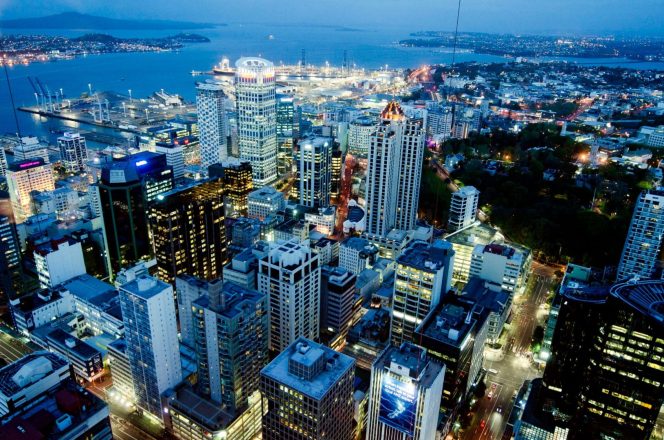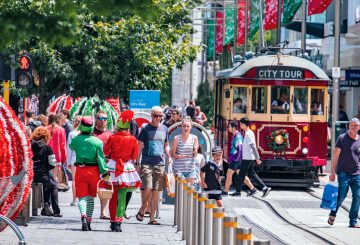新西兰的经济增长,通常被称为GDP,是全球最低的国家之一。但是,国际货币基金组织(IMF)表示,它仍然领先于一些主要经济体。
国际货币基金组织最近的报告强调了与疫情前相比,全球增长缓慢的几个原因:
- COVID-19 疫情的后果
- 俄罗斯入侵乌克兰
- 地缘经济鸿沟扩大
- 中央银行提高利率
- 全球大宗商品价格下跌
- 部门危机
- 高额债务导致财政支持减少
- 极端天气事件
国际货币基金组织预测,全球增长将略有下降,从2023年的3%下降到2024年的2.9%。预计明年 “发达” 经济体的增长将从1.5%降至1.4%。同时,“新兴” 经济体将保持4%的增长。
中国的房地产危机可能会进一步抑制增长,特别是对于像新西兰这样的大宗商品出口国。
好的一面是,在美国和瑞士采取金融稳定措施之后,国际货币基金组织认为全球经济风险减少了。
全球增长数据
新西兰的国内生产总值增长率为1.1%,预计到2024年将略有下降至1%。比较25个国家的GDP增长率时,澳门领先于2024年的27.2%,而赤道几内亚则处于最底层,预计将下降5.5%。新西兰以及德国、日本和澳大利亚等其他发达经济体在这份名单中名列前茅。
通胀展望
预计全球通货膨胀率将从2023年的6.9%下降到2024年的5.8%。导致这一下跌的因素包括更严格的货币政策和大宗商品价格的下跌。预计到2024年,澳大利亚(4%)和新加坡(3.5%)的消费者价格上涨速度将超过新西兰(2.7%)。
失业预测
新西兰的失业率可能会上升,到2024年底,失业率将从目前的3.6%上升到4.9%。这一比率与澳大利亚同期预测的4.3%相当。其他地区发达经济体,例如日本和香港,都预测失业率会降低。
对气候变化和地缘政治的担忧
国际货币基金组织警告说,由于恶劣的天气事件或地缘政治动荡,食品和能源价格可能会飙升。例如,俄罗斯在2022年入侵乌克兰导致燃料、食品和化肥成本增加。未来任何类似的干扰都可能导致市场进一步波动。国际货币基金组织敦促各国加快采用绿色技术,应对气候变化的影响。






























































